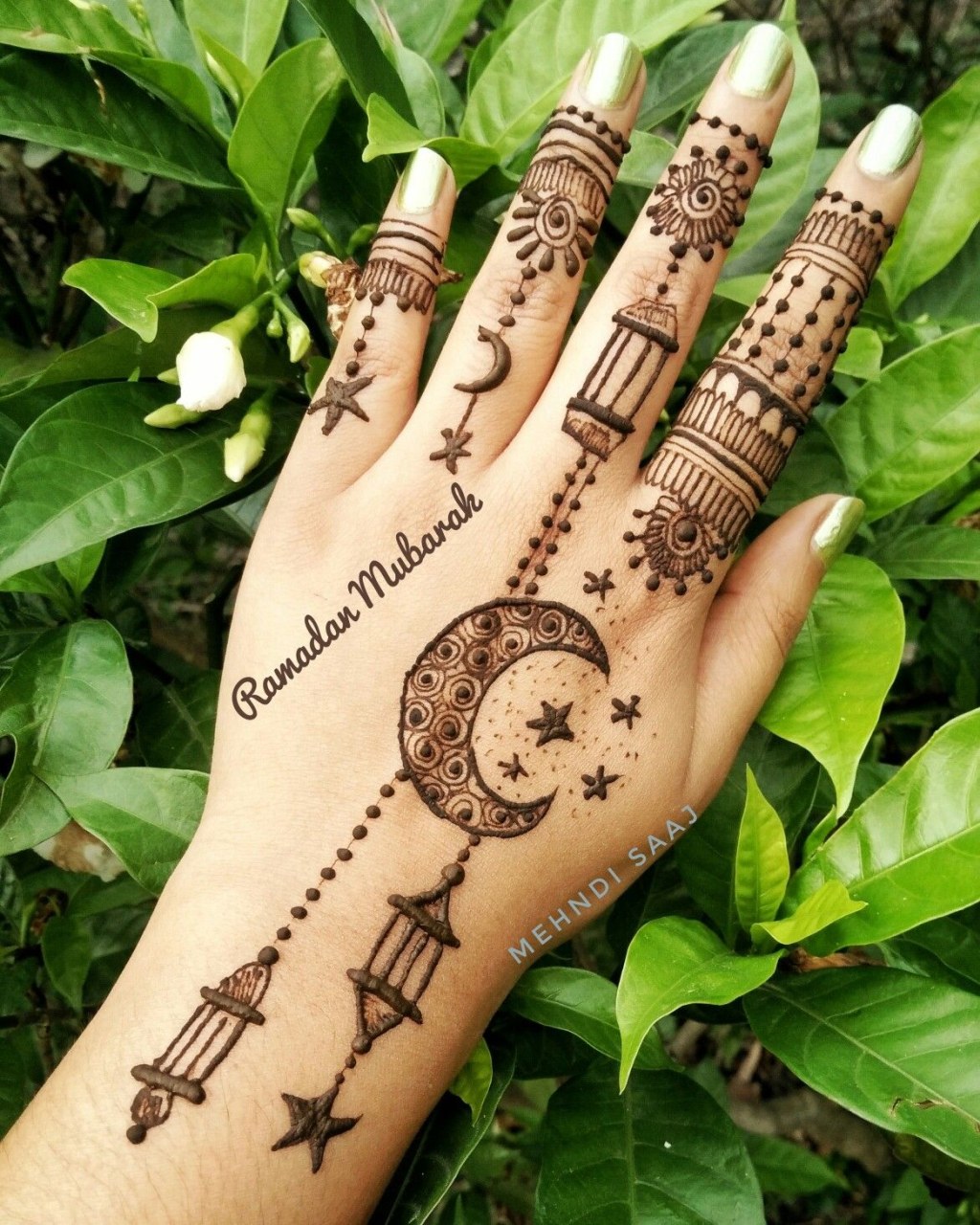Enhance Your Ramadan Experience With Stunning Henna Designs – Get Exclusive Henna For Ramadan Now!
Henna for Ramadan
Introduction:
Dear Ramadhan enthusiasts,
1 Picture Gallery: Enhance Your Ramadan Experience With Stunning Henna Designs – Get Exclusive Henna For Ramadan Now!

Welcome to our comprehensive article on henna for Ramadan! As we observe the holy month of Ramadan, it’s essential to embrace the traditions and practices that make this time of the year so special. Henna, also known as Mehndi, plays a significant role in the culture of Ramadan, adding beauty and spirituality to the festivities. In this article, we will delve into the world of henna and explore its significance during Ramadan.
What is Henna for Ramadan?

Image Source: pinimg.com
Henna for Ramadan is a traditional form of body art that involves applying a paste made from the leaves of the henna plant on various parts of the body. This temporary tattooing technique has been practiced for centuries and holds deep cultural and religious significance, particularly during the month of Ramadan.
The Process of Applying Henna:
Applying henna for Ramadan is a meticulous process that requires skill and creativity. The first step involves preparing the henna paste by grinding the henna leaves into a fine powder and mixing it with water and other natural ingredients. The paste is then carefully applied to the skin using a cone-shaped applicator, creating intricate designs and patterns.
When is Henna for Ramadan Applied?
Henna for Ramadan is typically applied a few days before the beginning of the holy month. Many people choose to have their henna done during this time to enhance their festive appearance and signify the start of Ramadan. The designs may vary, ranging from floral motifs to religious symbols, depending on individual preferences and cultural traditions.
Where is Henna for Ramadan Applied?
Henna for Ramadan can be applied to various parts of the body, including the hands, feet, arms, and even the back. Men, women, and children alike participate in this beautiful tradition, showcasing their creativity and devotion through henna art.
Why is Henna Significant During Ramadan?
Henna holds deep cultural and religious significance during Ramadan. Many believe that henna not only enhances one’s physical appearance but also brings blessings and protection during this sacred month. It is considered a way to celebrate and honor the spirituality and beauty associated with Ramadan.
How to Apply Henna for Ramadan?
Applying henna for Ramadan requires careful attention to detail. If you are new to henna art, it is advisable to seek the assistance of a professional henna artist who can create intricate designs that reflect the essence of Ramadan. However, if you are confident in your abilities, you can also try your hand at applying henna yourself, using pre-made henna cones or paste.
Advantages and Disadvantages of Henna for Ramadan:
Advantages:
1. Cultural Preservation: Henna for Ramadan is a beautiful way to preserve cultural traditions and pass them down to future generations.
2. Expressing Creativity: Applying henna allows individuals to express their creativity and showcase their unique style through intricate designs.
3. Spiritual Significance: Henna adds a spiritual element to Ramadan, symbolizing devotion and bringing blessings to those who wear it.
Disadvantages:
1. Allergic Reactions: Some individuals may experience allergic reactions to the ingredients present in henna paste. It is advisable to perform a patch test before applying henna to the entire body.
2. Temporary Nature: Henna designs fade over time, usually lasting between one to three weeks. This may require regular touch-ups for those who wish to maintain the intricate patterns.
3. Time-Consuming Process: Applying henna can be time-consuming, especially for intricate designs. It requires patience and precision to achieve the desired results.
FAQs (Frequently Asked Questions):
1. Can henna be applied during fasting hours?
Yes, henna can be applied during fasting hours, as it does not nullify the fast. However, it is advisable to ensure that the paste does not come in contact with the mouth or throat, as ingestion could break the fast.
2. How long does it take for henna to dry?
Henna takes approximately 15-30 minutes to dry, depending on the thickness of the applied paste and the ambient temperature. It is essential to allow the henna to dry completely to achieve the best results.
3. Can children participate in henna for Ramadan?
Absolutely! Henna for Ramadan is a delightful tradition for children as well. They can have simpler designs applied to their hands or feet, fostering a sense of joy and cultural awareness.
4. How can I make my henna design last longer?
To make your henna design last longer, avoid excessive contact with water, wear gloves when performing household chores, and apply a balm or oil on the dried henna to protect the design. Additionally, keeping the hennaed area warm can help intensify the color and prolong its lifespan.
5. Can pregnant women apply henna during Ramadan?
Pregnant women can apply henna during Ramadan, provided the henna paste is free from harmful additives. It is always recommended to consult with a healthcare professional before using any products during pregnancy.
Conclusion:
In conclusion, henna for Ramadan is a cherished tradition that adds beauty and spirituality to the holy month. From intricate designs to cultural preservation, henna plays a significant role in celebrating Ramadan. Whether you choose to have henna applied by a professional or take on the challenge yourself, it’s a wonderful way to embrace the essence of Ramadan and showcase your devotion. So, let the mesmerizing art of henna adorn your hands and feet, and may this Ramadan be a truly blessed and joyous one!
Final Remarks:
Disclaimer: The information provided in this article is for general informational purposes only and should not be considered as professional advice. It is always advisable to consult with a henna professional or dermatologist before using henna products, especially if you have any known allergies or skin conditions.
This post topic: Ramadhan


